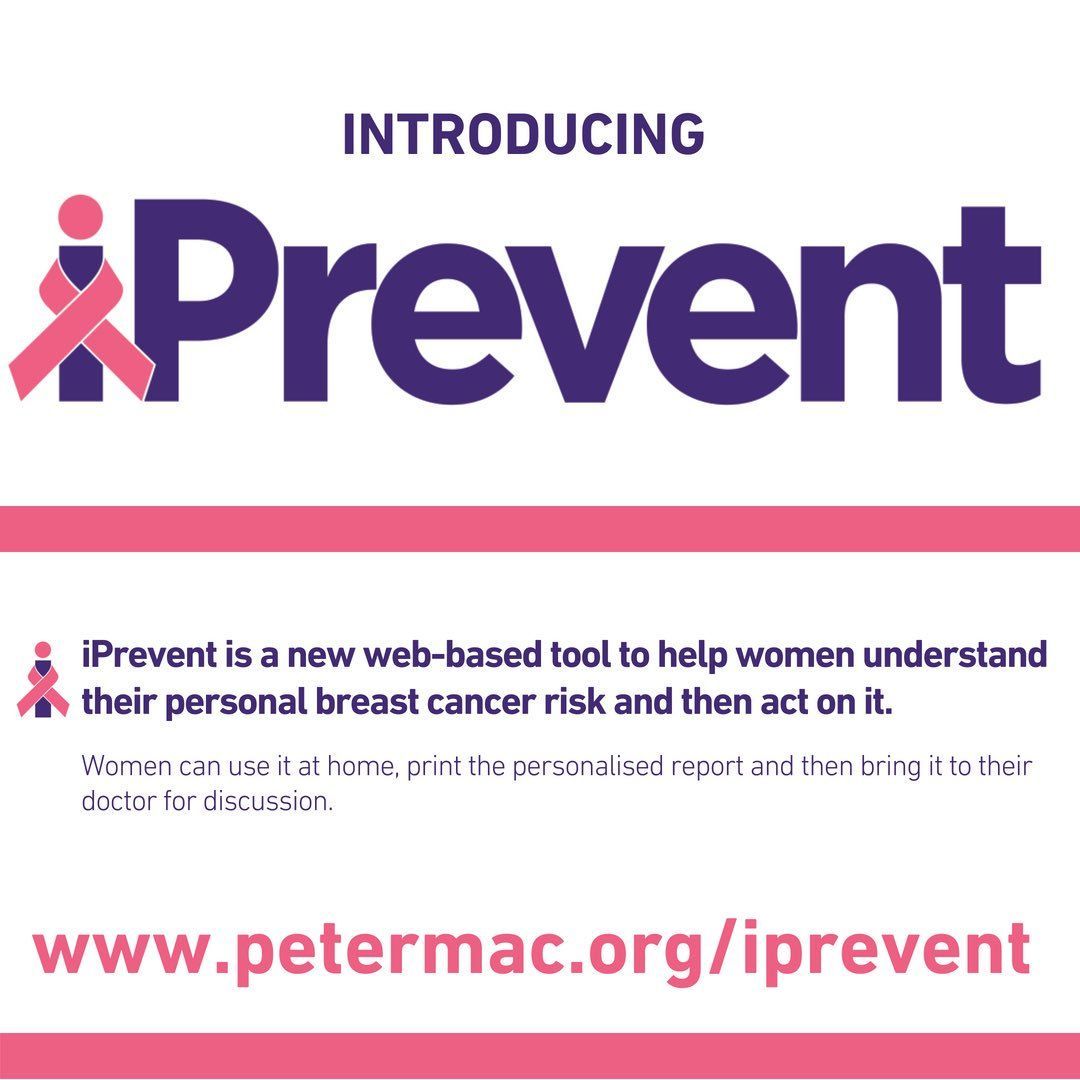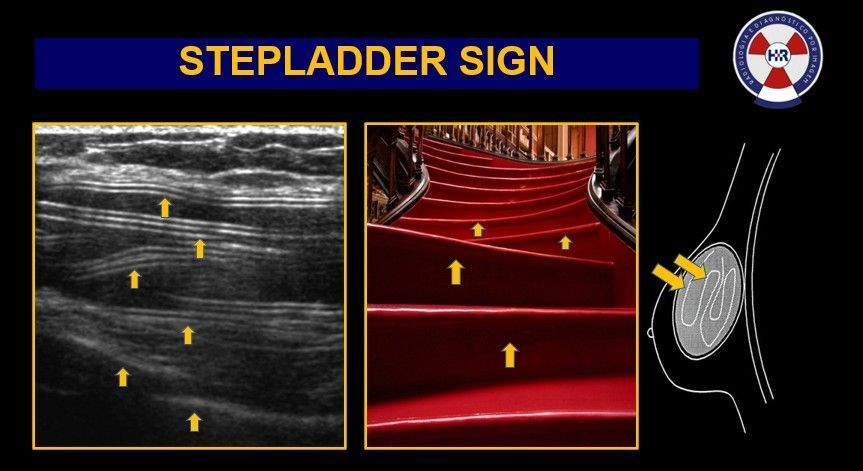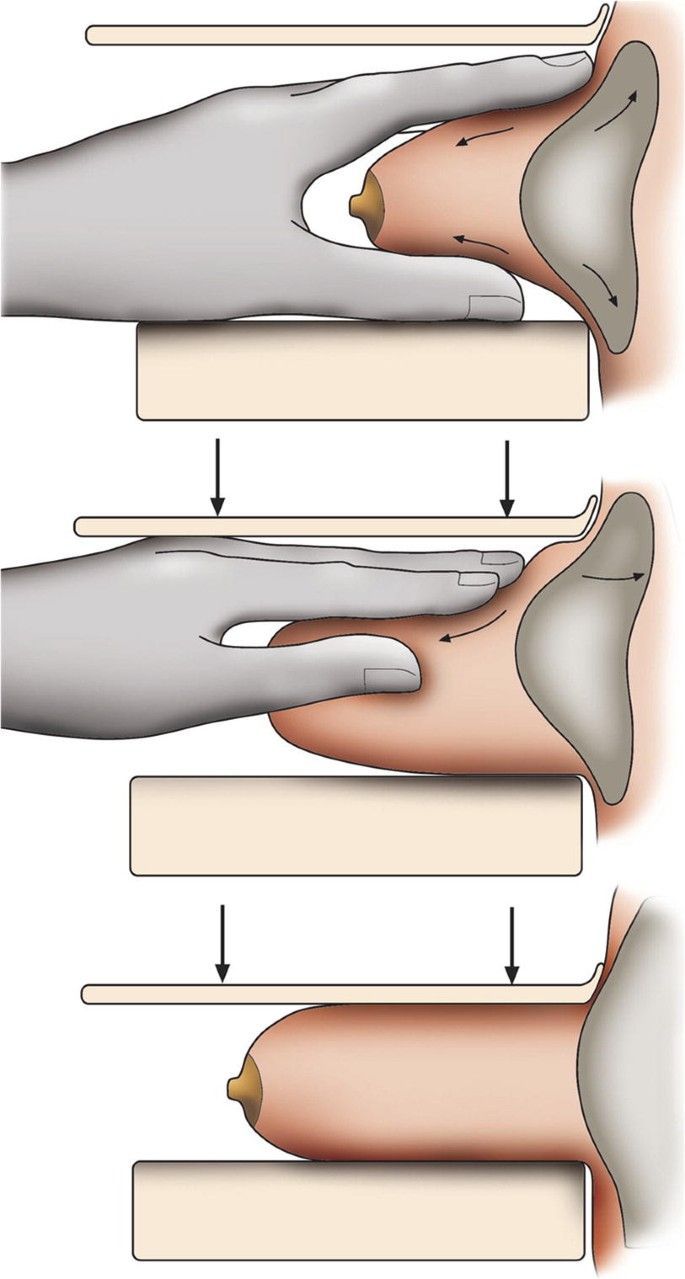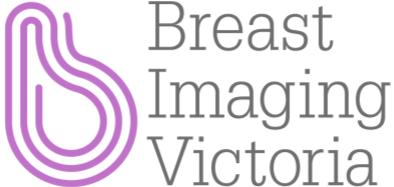Key Signs & symptoms
Key Signs and Symptoms of Breast Cancer: What to Watch For
Breast cancer can present itself in various ways, and while some symptoms may be more common, others can be subtle and less well-known. At Breast Imaging Victoria, we believe knowledge is power, especially when it comes to your health. Here’s a concise guide on the signs and symptoms to watch for:
- Lump or Mass: A new lump or mass in the breast or underarm is one of the most recognised symptoms. These can feel different from the rest of your breast tissue, often painless, hard, and have irregular edges, but they can also be tender, soft, and rounded.
- Change in Size, Shape, or Appearance:
Any alteration in the size, shape, or appearance of your breast or nipple, including unexplained asymmetry, should prompt a visit to your healthcare provider.
- Skin Changes: Look out for any puckering, dimpling, redness, or scaling of the breast skin or nipple. An orange peel texture (peau d’orange) is a specific and concerning sign.
- Nipple Discharge: Any discharge—clear or bloody—other than breast milk, especially from one nipple, may be a warning sign.
- Nipple Changes: This includes the nipple turning inward or changes in its position or shape. Itching, tenderness, or increased sensitivity can also be symptoms.
- Swelling: Swelling in all or part of the breast, even if no distinct lump is felt, can be an indicator of breast cancer.
It's important to remember that these symptoms can also be caused by benign (non-cancerous) conditions. However, if you notice any of these changes, it’s crucial to get evaluated by a healthcare professional promptly.
Early detection saves lives, and understanding the potential signs of breast cancer is the first step. Should you have any concerns or symptoms, Breast Imaging Victoria is here to support you with comprehensive diagnostic services. Let’s work together for your health and peace of mind.




